I am thrilled to announce a new partnership I have with the American Egg Board to be a Good Egg Project Ambassador, along with several other bloggers! When asked if I would be interested, it took me all of, oh, I’d say five seconds to say yes. Given my background working with egg farmers and my general affinity for poultry and eggs, this is obviously a perfect fit for me and I look forward to providing you with helpful information along the way.
I’ve been familiar with the Good Egg Project for quite a while and it’s really near and dear to my heart. Its focus is to provide consumers, like you and me, with information about modern egg farming, egg cooking and the nutritional value of eggs. Along with that, the project aims to fight childhood hunger in the U.S.
The statistics on hungry kids are quite staggering – 1 in 5 American children live in households that struggle to put food on their tables. It’s almost hard to wrap your head around that. I certainly see this in Minnesota, where every year I work with food shelves as we get closer to the holiday season (through my day job) and I know that donations of protein are always in short supply.
That’s why I am happy to see that since 2009, egg farmers have donated over 48 million eggs through the Good Egg Project – that’s a lot of high quality protein!
Another piece of egg-related news I want to share with you is a ground-breaking study, just released today, that shows U.S. egg farmers have significantly decreased their environmental footprint over the past 50 years – all while producing more eggs to feed a growing world population and an increased demand for eggs.
Now bear with me. I’m going to throw a bunch of statistics at you and I know your first instinct may be to go into eyes-glazed-over mode. I understand – I can be that way with numbers too. But, I think there is some really important stuff here, that shows how egg farmers have worked hard to reduce their environmental footprint.
This study – funded by the American Egg Board and several others – compared egg production from 1960 to 2010, looking at everything from the laying hens themselves and their feed, to how the hens have been housed over the years and even how their manure is managed. I think this is the first time such a broad-ranging study has been conducted about egg production – and it’s about time!
The results – compiled by the Egg Industry Center at Iowa State University – essentially show that 2010 egg production is significantly better for our overall environment than it was 50 years ago. In other words, sometimes it doesn’t make sense to go back in time, even when we want to wax philosophic about “the good old days.”
Check these stats out for 2010 egg production:
- 71% lower greenhouse gas emissions (or carbon footprint)
- 31% lower cumulative energy demand
- 32% less water use per dozen eggs produced
Pretty cool, right?
And this is all been a very good deal for the laying hens themselves.
Compared with 1960, hens today:
- Weigh less and need less feed to produce a dozen eggs because of advancements made in nutrition and bird breeding
- Produce 27% more eggs per day
- Live significantly longer than laying hens 50 years ago because of safer housing (away from disease-carrying wildlife and predators) and better health tools to minimize and even eliminate disease problems
Okay, I’ve thrown a lot of stats at you and you’ve stuck with me! (Thank you for that!) So what does this all mean?
U.S. egg farmers are able to feed 72% more people with just 18% more hens – all while using less energy, water and reducing greenhouse gas emissions.
To me, this sounds like a win-win-win for those of us who love eggs – and based on the popularity of all my previous egg-related blog posts, I know a lot of you do!
If you love details and statistics, you can read more about this first-of-its-kind study here. And I also encourage you to visit The Good Egg Project and take the pledge to fight childhood hunger. It’s super easy – and for every pledge taken, U.S. egg farmers will donate one egg to local food shelves. Thank you kindly!
————————————————————–
You may also like some of my other egg-related posts:
Does Size Matter in Agriculture?
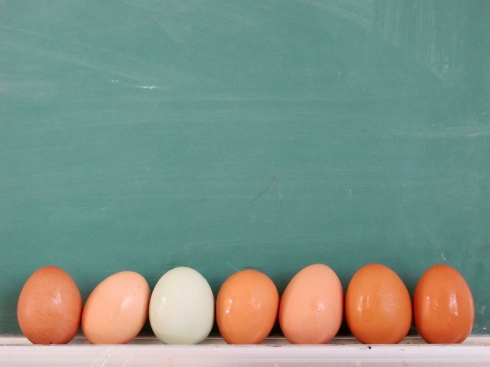
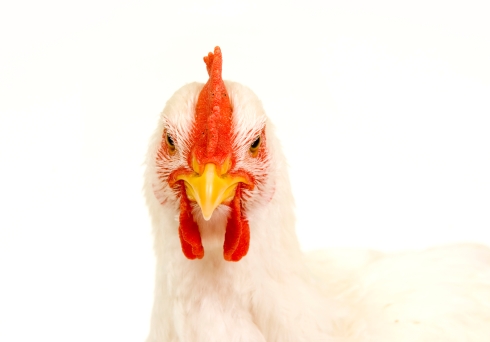
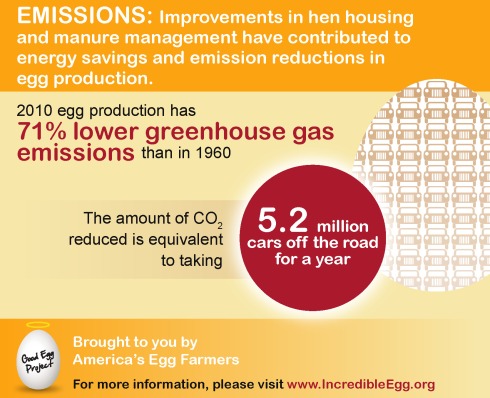
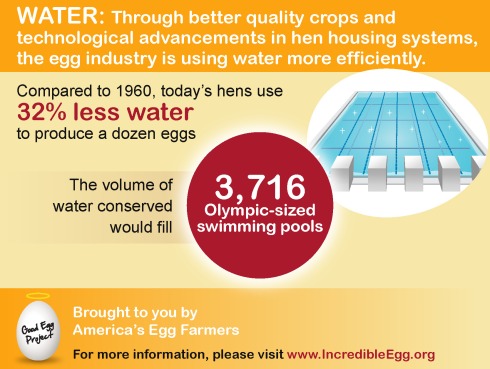
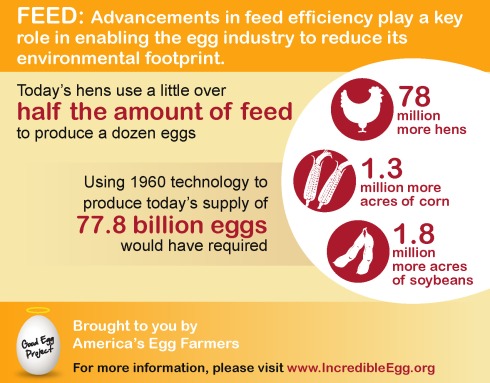
love the photography!!!
Thanks! And also a big thanks for following the blog, too! 🙂